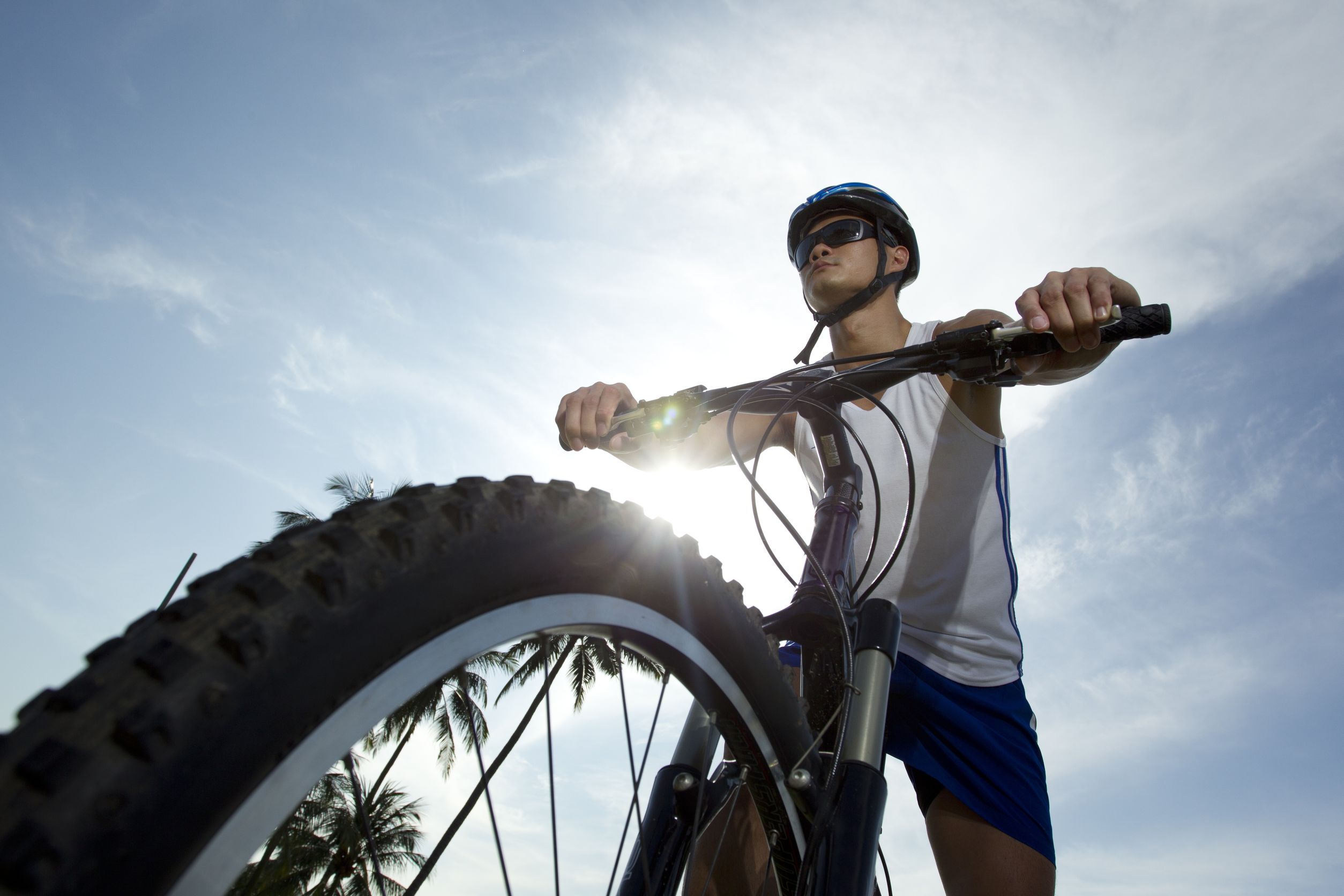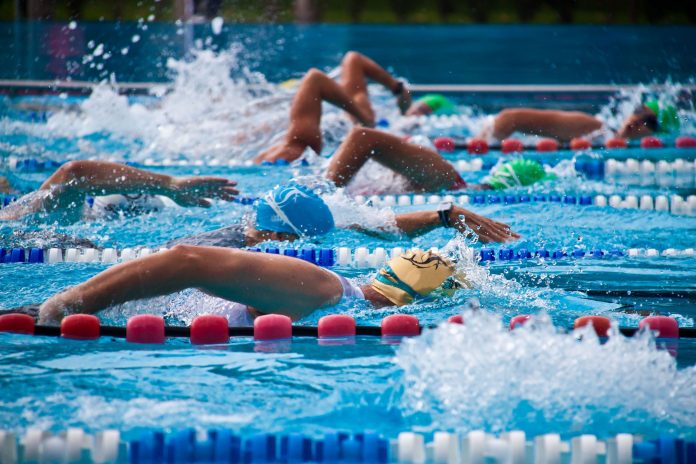I was asked by one of my athletes, who was rather well read to explain the Principle of Specificity and the Principle of Variation – both of these concepts seem to be in conflict. Like the Karate Kid washing his sinseh’s car, Mr Miagi would simply say wax on and the other wax off – both are essential parts of a holistic training program.
First, let’s explore the Principle of Specificity – which states that the training you do has to be relevant and similar to the sport that you are performing. So basically, swimmers should swim and runners should focus on running more. Makes perfect logical sense, right? The Principle of Variation however suggest that changes in a training program can result in improvements when the changes are relevant to the original sport.
How do we put this together and still end up with a clean shiny car? The key is to find a balance between the two.
Why I advocate Cross Training
Runners are pretty strong but those strengths can be our weakness too. We have strong quads that overpower our hamstrings at the same time, we neglect our glutes. Strong lower limbs result in weaker upper body strength and poor flexibility. Cross training addresses these issues and helps avoid potential problems.
Cross train and maintain your aerobic fitness
Many runners wonder, if they run less, will it affect their aerobic fitness or stamina? It is well documented that cross training has transferable training effects on cardiorespiratory fitness [1] especially where the cross training is closely related to the core sport e.g – cycling and running both involve similar muscle groups [2].

Reduce risk of overuse injuries
Distance running while not a very technical sport, as compared to say the gymnastics, or the hurdles, is still very demanding on lower limb and core muscles. Invariably all runners develop strong muscles in one area that results in tight and weak opposing muscle. Called reciprocal inhibition or innervation, it means that an overactive muscle group, for example the quads, will overwhelm its antagonist (the hamstrings) and weaken it. The body will therefore develop a combination of tight and weak muscles, creating an imbalance that could affect posture, running form and raise the risk of injury.
Similar to how you would rotate your car tyres once in a while to even out the wear. Cross training works on these weaker muscles, giving them a chance to get stronger, keeping the imbalances under control.
Not all cross training corrects muscle imbalances
What kinds of cross training will help with muscle imbalances? I recommend bilateral exercise for my athletes that uses both sides of the body equally, a good example is swimming and cycling. Circuit training done correctly is useful too. However wall climbing, tennis and most ball games are not bilateral.
Gross motor skills and overall co-ordination and flexibility
I completed the IAAF coaching certification recently and all the coaches were unanimous that kids in Singapore seemed to have poorer motor skills and co-ordination compared to their parents. Reflecting on that comment, I began to wonder – compared to my younger self, how well can I skip, or hop on one leg or catch a ball now? Use it or lose? As runners, we don’t use much of these hand-eye-leg, jumping, skipping co-ordination skills when we run, unless you are a technical trail runner. Cross training forces us to perform functional movements that are related but not similar to running. It therefore helps to maintain our overall gross motor skills, co-ordination and flexibility.
Motivation and variety

Most days are just great for running but let’s face it – there are days when you just don’t feel like putting on your running shoes. Perhaps it’s pouring outside or the haze just hit us again. These are the days cross training is meant for! Success in distance running is a long process; consistency and patience is key to success. For those one off ‘sian’ days, why not try another relevant sport and keep your motivation going?
My recommended cross training options for distance runners is to do three to four runs a week and cross train at least once or twice. There is a variety of choices, but make sure its done for at least 30min to 45mins continuously for the full aerobic benefit.
- Swimming
- Aqua running
- Cycling or spinning in the gym
- Rowing in the gym
- Circuit training
What’s worth exploring is stair climbing but don’t do this if you have PFPS or knee pain. Stairs are accessible and convenient. I am very sure that for anyone who does not have the privilege to a gym or swimming pool can find a block of HDB flats within walking distance. So there are really no excuses not to try this! Research on the effects of stair climbing is scant, but a quick review of research available shows that stair climbing as similar effects as threadmill running [3]. For the time crunched, your workout could be steps away from your front door! On rainy days, this could be an option – just remember to climb up and take the elevator down. It’s kinder on your knees this way.
However, the following are not ideal and here are some reasons why
- Yoga is great for flexibility, core strength, but some variations of yoga is not aerobically intense enough as a substitute for running.
- Elliptical machines have almost similar impact to the joints of your kinetic chain ( ankles, knees, hips) so they don’t really give your joints a break.
- Aerobics with high impact moves have even higher impact to your joints compared to running.
In conclusion, by all means, train hard but don’t neglect cross training for all the reasons above. Cross training is meant to replace your slow recovery runs, which some say are ‘junk miles’. You get the same training benefits without the pounding and stress to your ankles, knees and hips. You will become a healthier, happy athlete in the long run (no pun intended)
References
1. Loy, S. F., Hoffmann, J. J., & Holland, G. J. (1995) Benefits and practical use of cross training in sports. Sports Medicine, 19, 1- 8
2. S Welsh, M Schrager, AC Snyder – Eur J Appl Physiol, 1995; 70(4):367-72 Effects of specific versus cross-training on running performance
3. Egaña, M; Donne, B. Journal of Sports Medicine and Physical Fitness44.2 (Jun 2004): 141-6. Physiological changes following a 12 week gym based stair-climbing, elliptical trainer and treadmill running program in females



